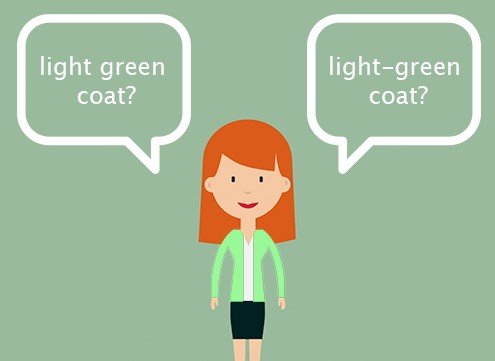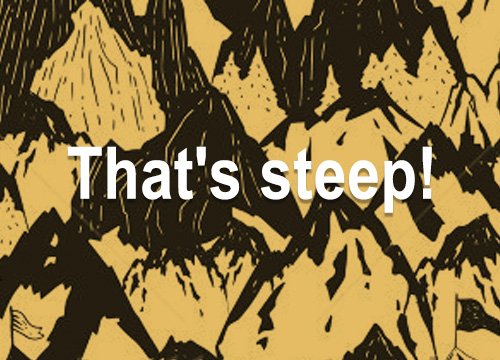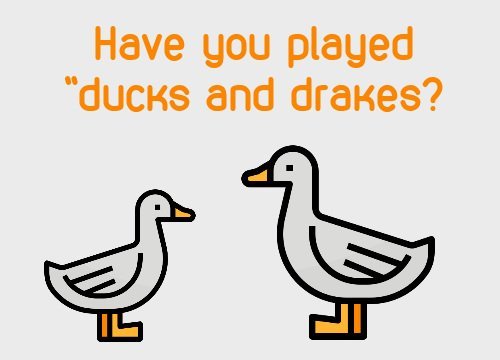Hyphens (los guiones) can get you in trouble (pueden meterse en problemas).
Consider the following:
- The policeman is looking for a lady wearing a light green coat.
- The policeman is looking for a lady wearing a light-green coat.
Who do they arrest (detener)? The lady wearing a light (not heavy) coat that is green? Or the lady wearing a coat that is light- green in colour? Good questions. The plot thickens (la cosa se complica). I am none the wiser (me he quedado igual).
We use hyphens to compound (compuesto) words such as adjectives in order to leave nobody in doubt (para que nadie dude). Light-green means light in colour. Light green means green in colour and not heavy. Another example:
- Forty odd people attended the Podemos meeting in Santa Cruz.
This means that the people who attended the meeting were “odd” (extranas, raras). However, if you had written (si hubiera escrito) forty odd-people attended (using a hyphen), then “cuarenta y pico personas …. A big difference!
Consider these sentences:
- Crosby had extra marital sex.
- Crosby had extra-marital sex.
The first sentence means that he had more or additional sex with his wife, the second that the sex was outside of his marriage. So be careful!
Consider these:
- Noor spoke to a cross dresser in the theatre.
- Noor spoke to a cross-dresser in the theatre.
In the first sentence she spoke to a dresser (ayudante de camerino) who was angry, and in the second example she spoke to a transvestite (un travestí).
The final examples:
- Leila is an old-furniture seller.
- Leila is an old furniture seller.
Is she old and also sells furniture? Or does she sell old furniture (and maybe she is young)? The hyphened “old –furniture” means she sells old furniture, while the other means she is old too. A world of difference between them! (hay un mundo entre ellos). Take care!











